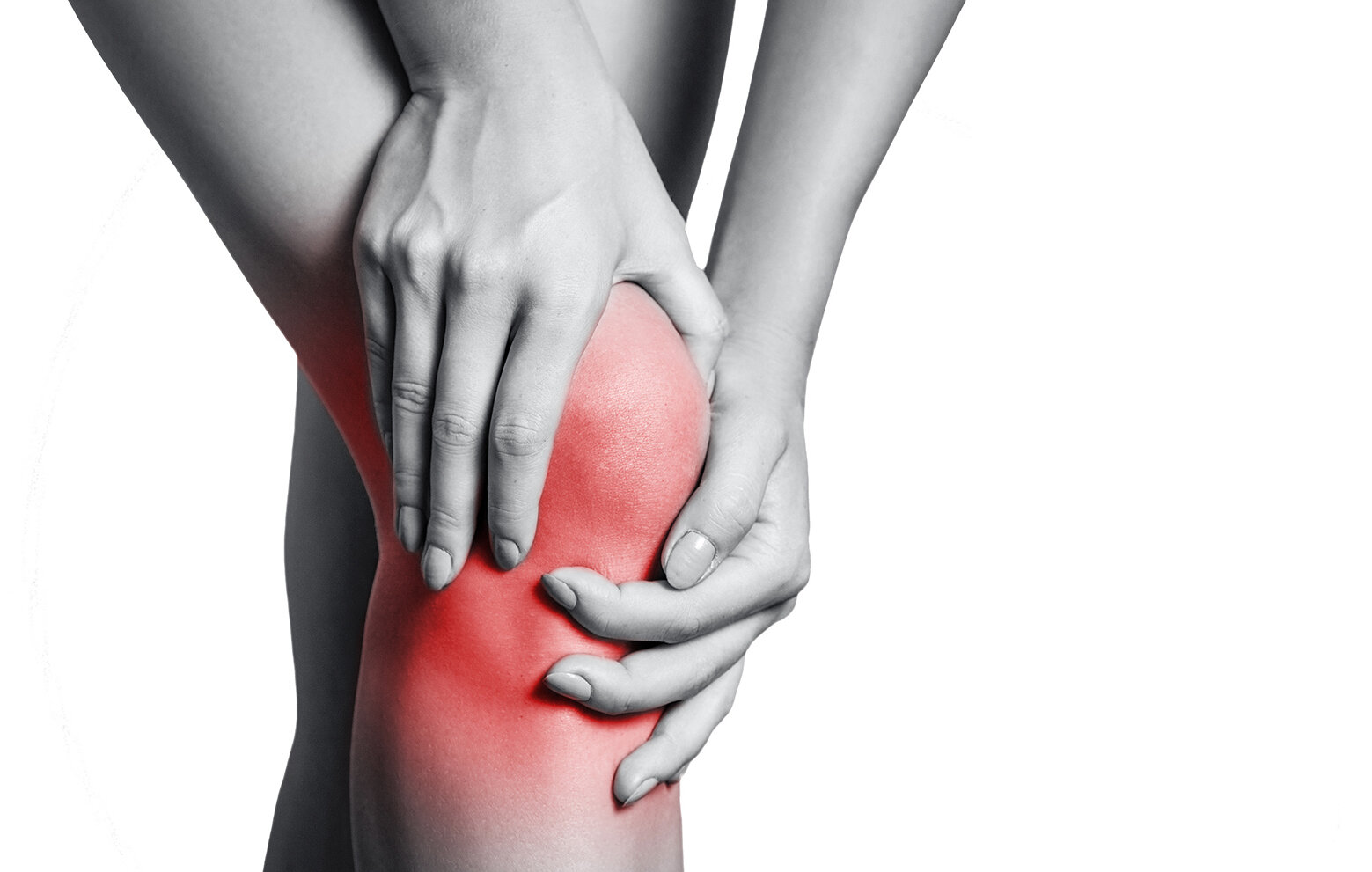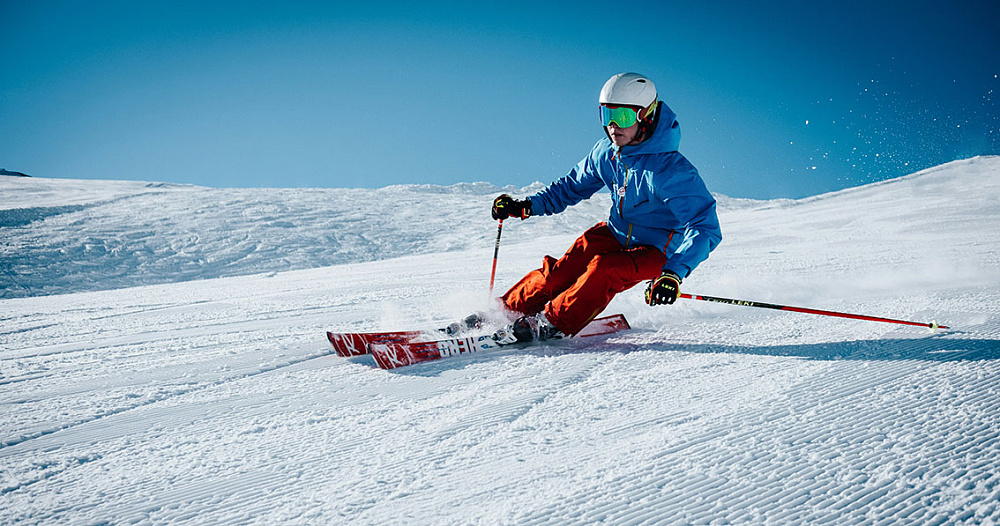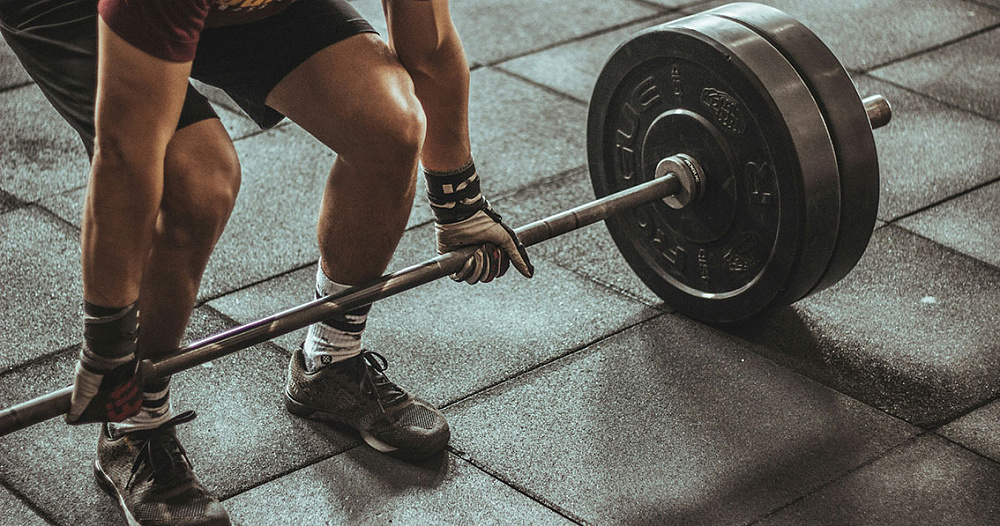The increased frequency of knee injuries is due, on the one hand, to the complexity of its anatomical structure, and on the other hand, to the constant increased load during walking and standing. The knee joint is the main supporting structure of the body. Trauma means damage to the soft tissues and bone structures of the joint itself.
Dangerous in terms of the consequences of falling from a height. Then the internal integrity of the knee joint with all its ligaments and kneecap is damaged. They will remind of themselves with swelling, pain – both acute and aching. The main consequence of a knee injury is limited movement due to joint stiffness.
Kinds
 There are 3 main groups of knee joint injuries.
There are 3 main groups of knee joint injuries.
– Damage to the bone structures of the joint in the form of fractures.
– Soft tissue injuries, consequences of sprains, ruptures and tears of ligaments, meniscus.
– Combined injuries.
Systematization of damage:
– A bruise is the mildest type of injury.
– Sprains of the tendons and ligaments that support the kneecap.
– Meniscus rupture – occurs when the knee is turned sharply with a fixed foot. This type of injury always requires surgical intervention.
– Complete and incomplete ruptures of the knee ligaments – the result of forceful impacts on the knee: traffic accidents, sports, falls, etc.
– Cartilage damage – occurs with bruises or intra-articular fractures.
– Fractures or cracks in the knee bones.
– Dislocation of the kneecap – an injury usually seen in adolescents, at the age of 13-18 years.
Symptoms and signs
General symptoms of injuries:
– swelling;
– limited mobility, inability to perform certain movements;
– crunching, clicking;
– increased temperature in the area of injury;
– inability to lift a heavy object;
– acute pain – occurs a few seconds after the injury;
– constant aching pain;
– decreased sensitivity due to damage to nerve endings;
– hemarthrosis – accumulation of blood in the joint cavity.
Treatment methods
 If we are talking about a minor injury, treatment is usually limited to conservative. It includes therapeutic exercises, physiotherapy and medication. The choice is determined by the doctor.
If we are talking about a minor injury, treatment is usually limited to conservative. It includes therapeutic exercises, physiotherapy and medication. The choice is determined by the doctor.
Knee injuries are usually painful, so analgesics based on Ibuprofen, Ketoprofen, etc. are prescribed without fail.
Treatment of ligament and meniscus injuries always requires immobilization of the joint by applying a plaster splint or orthosis to the entire leg.
In case of bruises, the splint or plaster is removed after 1-2 weeks, in case of ligament ruptures – after 2 months. In case of ligament ruptures, surgical treatment is prescribed in the form of ligament suturing or plastic surgery.
Physiotherapeutic measures will be mandatory – magnetic therapy, ultrasound, shock wave therapy, electrophoresis, dynamic currents, UHF, electromyostimulation and lymphatic drainage massage of the thigh, paraffin applications.
Today, knee injuries are treated with arthroscopy instead of traditional surgery. This is the standard of leading clinics around the world. Only well-equipped Hospitals like Evercare and Specialist like Dr Waqas Javed can handle this type of treatment. Instead of a traditional incision, the doctor makes two tiny holes that are used to insert surgical instruments and an arthroscope. As a result, the recovery period is significantly reduced. Such patients can be discharged within 24 hours because they immediately begin to walk without crutches and plaster.
Results
The prognosis is always better with early treatment. Even severe injuries can generally be cured in 2-3 months of intensive therapy. Partially damaged ligaments can fully recover in 1-1.5 months. A complete ligament rupture will require a rehabilitation period of up to a year.
Rehabilitation and lifestyle restoration
Rehabilitation is no less important in knee treatment. The surgeon, simply put, will “assemble” the joint, restore its anatomy or replace it with an artificial analogue, and then rehabilitation is needed. It provides 50% success after any operation, no matter how high-tech it is. This includes doing exercises under the guidance of a specialist, kinesiotaping, training on special exercise machines.
The rehabilitation itself includes 3 stages:
– Restoration of the range of motion of the knee, at first the knee joint is moved “passively”, forcibly.
– Restoration of tone, strength of muscle tissue, compensation of fiber atrophy.
– Work on restoring the gait stereotype, correct dynamics of movements, distribution of load on damaged tissues.
All stages must be carried out under the supervision of specialists – from an orthopedic doctor to rehabilitation specialists.
Lifestyle for knee injuries
The further way of life implies strengthening of muscles, wearing knee pads. Protective devices in the form of orthoses, bandages fix and stabilize the joint. The victim should continue to use the bandage for a certain period of time, even if he feels healthy, at least until the doctor confirms it himself.
The goal of knee treatment and recovery is to return to the previous level of activity and quality of life.






